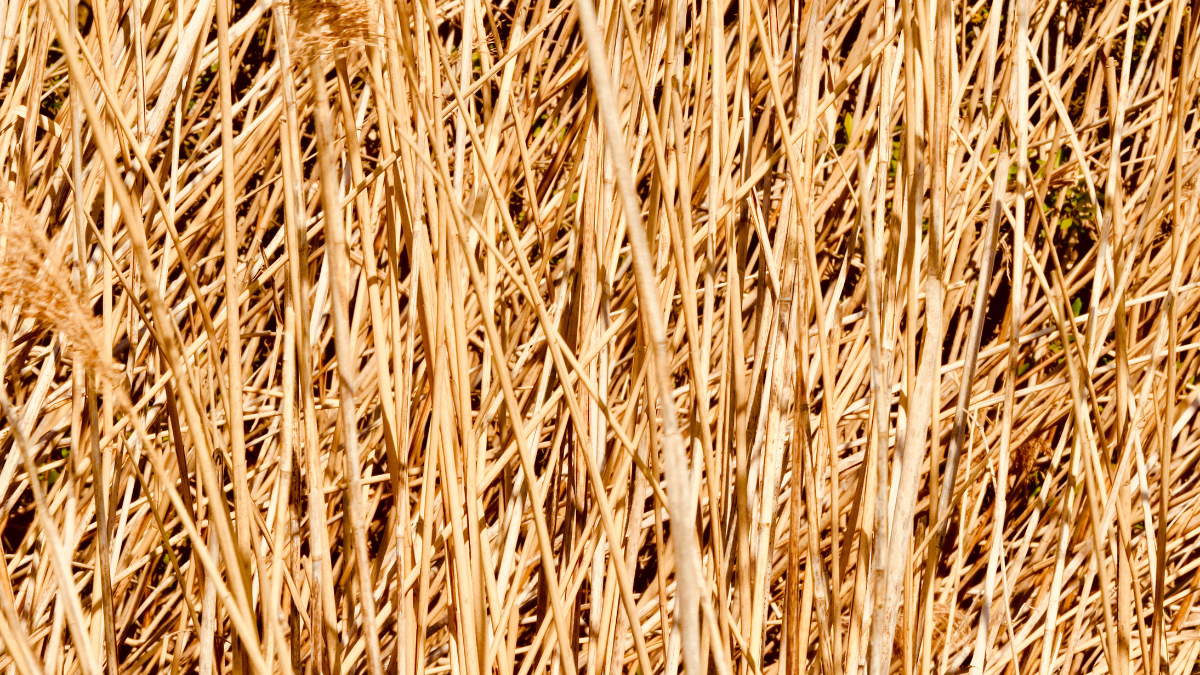New materials for the construction industry
The first building made of carbon concrete
Thirty years of research has gone into it. Now the first building made of carbon concrete is a reality. You might be hard-pressed to see any differences from a conventional reinforced-concrete construction on the outside, but inside the walls, a revolution for the construction industry is taking shape. Where steel is used in conventional construction to cast concrete in a mould, the new alternative replaces it with carbon.
Why carbon? Steel has a significant disadvantage: It rusts. In the conventional process, it has to be surrounded by a very thick layer of concrete so that no moisture can reach the steel. What makes the problem even worse is the fact that conventional concrete is still considered a real climate killer among construction materials. This disadvantage can be avoided with carbon because it does not rust. And this means that significantly less concrete is required in the production process: Already today, the required quantity can be reduced by 50 per cent in total. And if new construction principles are applied, reductions of up to 80 per cent are said to be possible. The environment will be pleased to hear that: Using carbon concrete not only saves resources – it also cuts CO2 emissions.

Reinforced concrete or carbon concrete? The difference is barely noticeable from the outside. But it’s what’s inside that counts. (Photo: Victor, Unsplash)
Straw as an insulation material: Construction goes back to its roots!
A timber frame filled with straw – it doesn’t sound exactly modern, but it’s set to be the next big thing. Leipzig-based start-up Lorenz GmbH specialises in this type of building insulation. Thanks to constantly rising demand in Germany, the company has doubled its production each year since 2019.
And there are good reasons for it: Compressed-straw insulation panels not only achieve an insulating effect that is comparable to that of conventional building materials, and they can be easily scaled to different dimensions – they are also much more environmentally friendly. Firstly, straw is a regrowing raw material. Around four million tonnes of straw are produced in Germany every year. Looking beyond this at the amount of energy required for production, maintenance and repairs, compressed-straw insulation consumes just half of the energy required for a solid construction of the same size, according to the specialist agency for sustainable raw materials Fachagentur Nachwachsende Rohstoffe e.V. What’s more, this method generates hardly any waste, and the chemically untreated compressed-straw insulation panels and their timber frame are later completely compostable. They therefore provide a sustainable alternative to conventional insulation methods.
You’ll find more innovative and exciting insights from the interiors industry at the imm Spring Edition from 4 to 7 June 2023 – secure your ticket now !

More than just animal fodder: Straw is experiencing a renaissance as a sustainable construction material. (Photo: John Wainscoat, Unsplash)
The construction of the future
These new methods prove that the construction industry never stands still. Whether they are innovations or reinvented traditional methods, alternatives to conventional building materials are available. But many more progressive solutions will be needed in coming years to put the construction industry on a significantly more sustainable path. However, the examples presented here and many other developments are good role models and proof that it does not always take a radical approach to achieve a great deal – we just need more pioneers.
Where will you find new approaches for the interiors industry? There’s no better place than the imm Spring Edition from 4 to 7 June 2023 – secure your ticket now !




